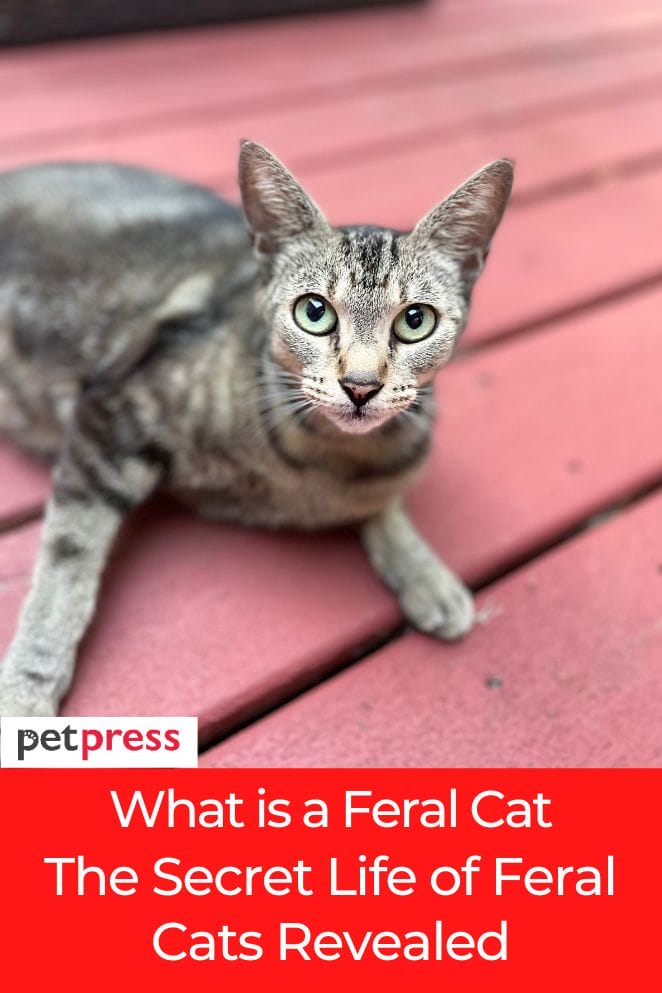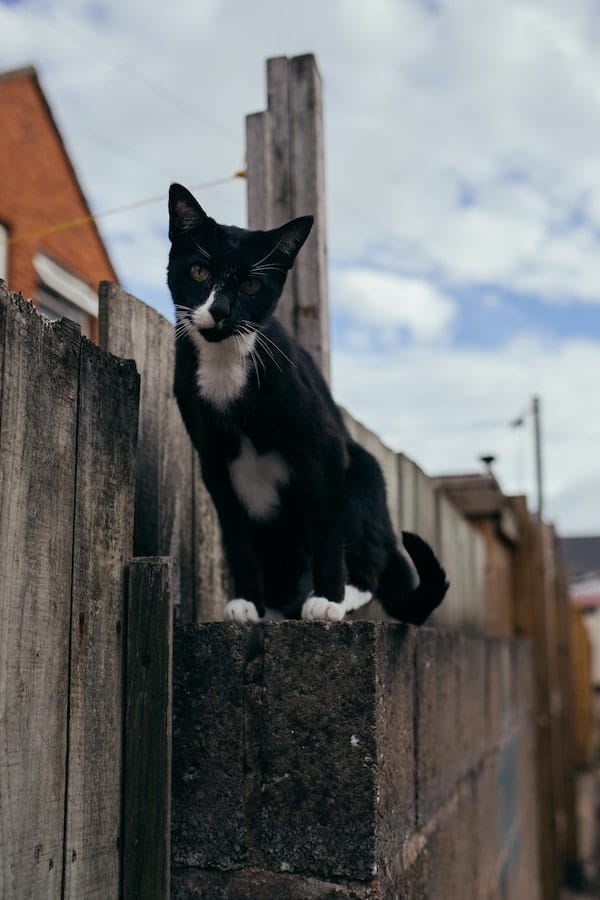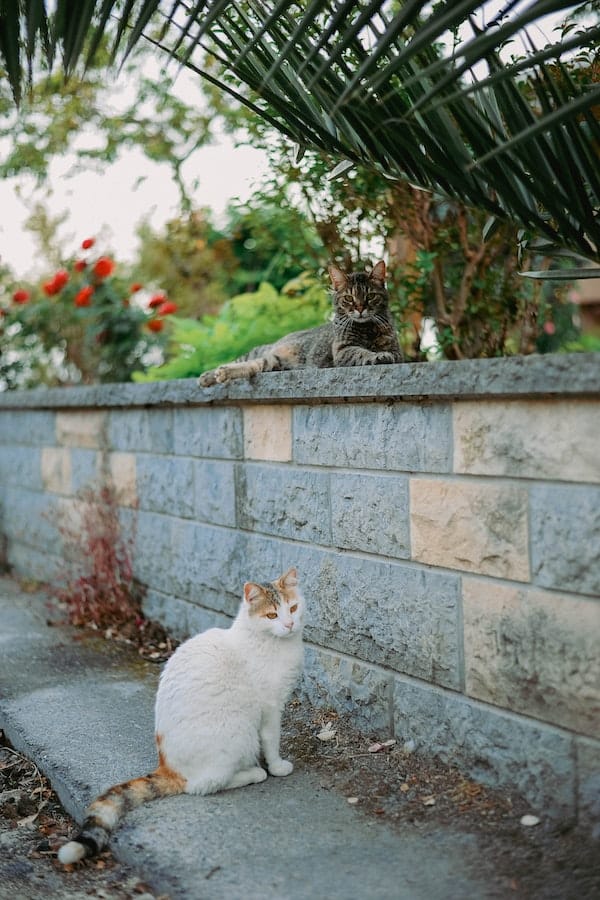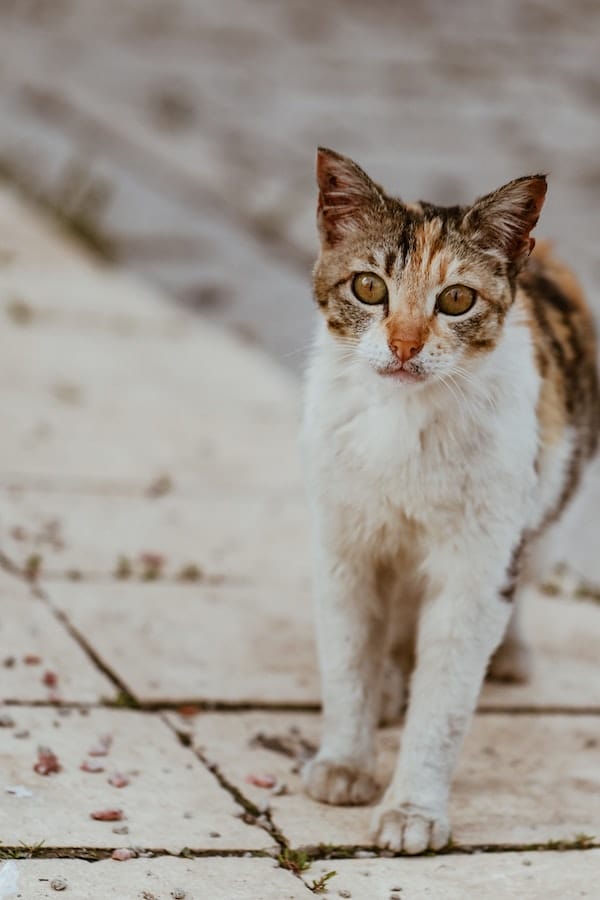
In the domain of feline companions, a distinctive and enigmatic group of cats emerges – feral cats.
These captivating creatures boast a mysterious history and behavior that differentiates them from their domestic counterparts.
This article embarks on an expedition to delve into the world of feral cats, unraveling their origins, behavior, and the ongoing discourse surrounding their societal role.
Whether you are a curious enthusiast of felines or aspire to attain profound insight into the intricacies surrounding feral cats, brace yourself for an illuminating odyssey.
What is a Feral Cat?
A feral cat, also known as a wild cat, embodies the transformation of a domesticated cat returning to its untamed state.
This metamorphosis occurs after prolonged periods of living in the wild or without human contact.
Unlike stray cats, who may still be amenable to human interactions, feral cats have completely adapted to an existence independent of human influence.
They master their survival instincts and diligently avoid any form of contact with humans, preferring to embrace their autonomy within their natural habitat.

The History of Feral Cats
The of feral cats can be traced back to ancient times, when domesticated cats, valued for their companionship and hunting skills, embarked on journeys alongside early human settlers.
As these settlers migrated to new lands, some cats found themselves in unfamiliar territories.
Over time, through circumstances such as accidental escapes or intentional abandonment, these cats adapted to their new environments and formed feral cat colonies in diverse regions across the globe.
This fascinating process highlights the resilience and resourcefulness of these remarkable creatures.
The Behavior of Feral Cats
Feral cats, with their distinct behavior, exhibit a remarkable set of survival instincts honed by their interactions with the environment.
These elusive creatures display exceptional skills in locating sustenance and securing shelter, effortlessly navigating both urban landscapes and rural settings.
As a result of minimal human socialization, these cats tend to be cautious and prefer to avoid any form of contact with humans whenever feasible, relying on their instincts to navigate the world around them.
Feral Cats vs. Stray Cats
Whileeral cats and stray cats may be similar at first glance, actually have significant differences.
Stray cats are former pets that have unfortunately been lost or abandoned, to fend for themselves in unfamiliar environments.
On the other, feral cats are born in the wild or have been there long enough to adapt to the unique challenges and demands of a wild lifestyle.
Stray, despite their unfortunate circumstances, still retains some level ofization with humans.
They may be humans for food or seek a form of human interaction, reflecting the remnants of their previous dating life.
However, feral cats, due to their sustained exposure to the wild, become more self-reliant and independent.
They have developed skills and instincts that help navigate the complexities of the natural, making them generally more towards human interactions.
Understanding distinctions between stray and feral cats can help inform strategies for their care and, ensure their well-being in our neighborhoods.

TNR (Trap-Neuter-Return) Program
In response to the challenge posed by the feral cat population and its impact on the ecosystem, numerous communities have taken up the cause of implementing Trap-Neuter-Return (TNR) programs.
This compassionate approach involves the apprehension of feral cats, followed by their transfer to veterinary clinics or shelters for neutering or spaying, effectively curbing future breeding.
After the procedure, the cats are returned to their original territory, permitting them to lead their lives without adding to the population surge.
TNR programs not only serve to manage the feral cat population but also contribute to the decline in the number of wild-born kittens, thus fostering a more sustainable and harmonious coexistence between felines and the environment.
Health and Public Concerns
Feral cats inhabiting the wilderness encounter an array of health adversities.
They are exposed to a myriad of illnesses, such as feline immunodeficiency virus (FIV) and feline leukemia virus (FeLV), along with infestations of parasites like fleas, ticks, and intestinal worms.
The challenging environmental conditions, including extreme temperatures and scarce resources, further compound their hardships.
Furthermore, their existence in urban areas gives rise to apprehensions concerning wildlife preservation and engenders potential clashes with humans, encompassing public health and property detriment.
Feral Cats as Pets
Embarking on the endeavor to domesticate feral cats and nurture them as companions is a profoundly intricate and formidable process.
It entails the gradual cultivation of trust, the provision of secure and comforting habitat, and the patient’s acquisition of their affection.
This delicate undertaking further demands a profound comprehension of feline behavior, encompassing their innate need for independence and their distinct modes of communication.
For most feral cats, their optimal prospects for survival and well-being lie in the untamed wilderness, where they adeptly pursue their prey and deftly navigate their natural surroundings.
Nevertheless, with unyielding dedication and a compassionate approach, certain feral cats can eventually adapt to the domestic realm, embracing the love and care they rightly merit.

Conclusion
Feral cats occupy a distinctive realm within the feline world, embodying the resilience and adaptability of their ancestors.
While they may appear mysterious and elusive, delving into their history and behavior fosters empathy and informed decision-making concerning their welfare.
TNR programs play a vital role in managing feral cat populations, promoting a harmonious coexistence between humans, wildlife, and these captivating creatures.
FAQs
It is possible for some feral cats to become socialized to humans with time, patience, and consistent care. However, not all feral cats can be successfully domesticated.
Feral cats can pose a threat to wildlife, especially in areas with vulnerable or endangered species. Their hunting instincts may impact local ecosystems.
You can support feral cats by advocating for TNR programs, providing food and shelter for managed colonies, and working with local animal welfare organizations.


GIPHY App Key not set. Please check settings